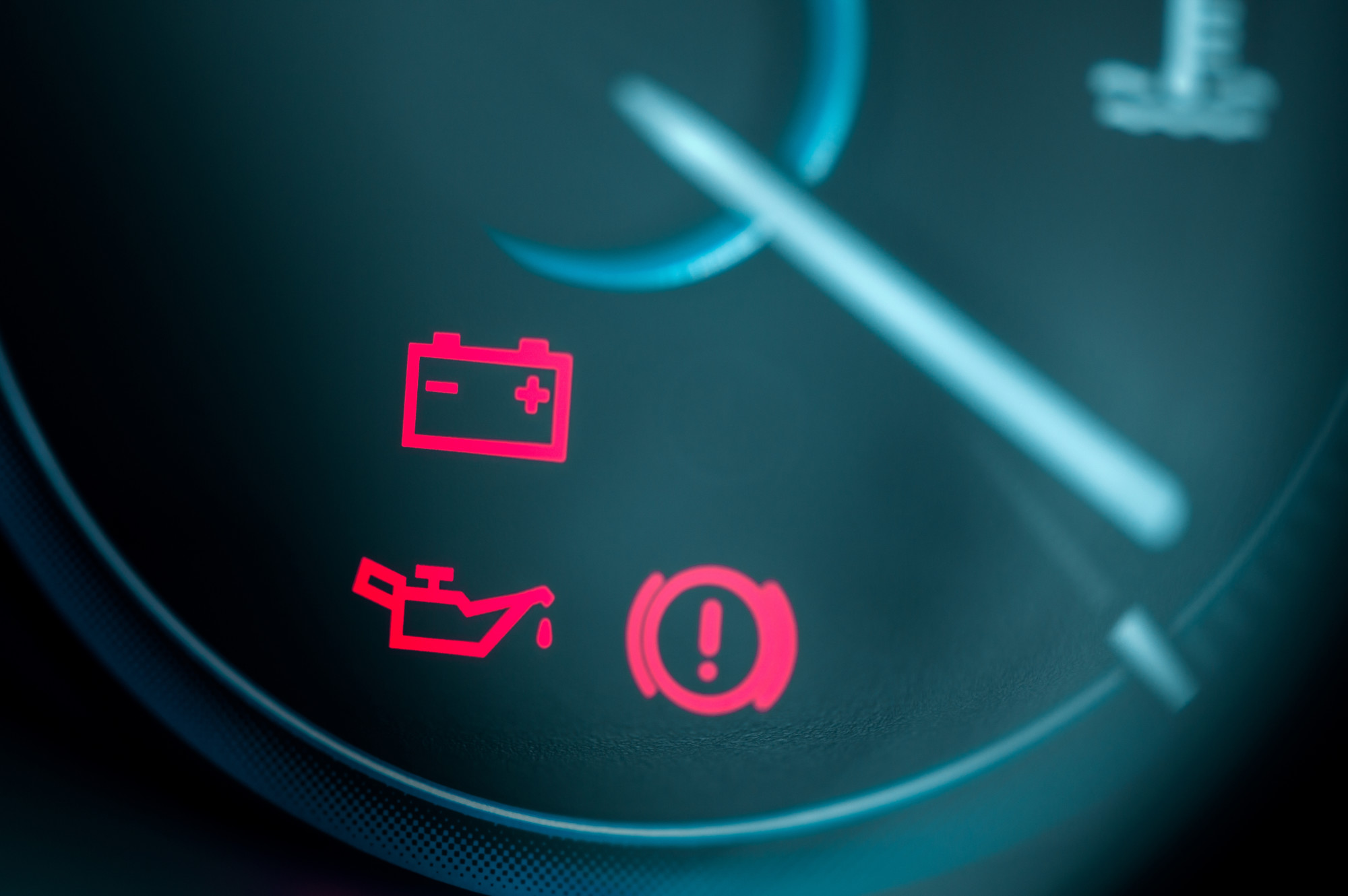Did you know that the worldwide automotive repair market had an estimated value of $565 billion in 2020? That number is expected to grow to $678 billion by 2026.
While those numbers are good for car repair shops, it also means drivers are having to shell out a lot of cash to fix their vehicles. Understanding car dashboard warning lights will help avoid some of these expenses.
Do you know what warning lights must be attended to immediately to avoid costly repairs? The following guide will explain some of the most important warnings, what they mean, and how to react.
1. Check Engine Warning Light
Check engine warning lights come on for things like a fault in the emissions control system, an engine misfire, or even a missing fuel cap. The severity of the problems that cause this warning varies greatly.
Pay attention to how your vehicle is driving while the light is on. If you notice anything unusual or the light remains on after a few starts you should schedule a service appointment immediately.
2. Temperature Warning Light
This dashboard warning appears if your engine is overheating. Pull over and turn the car off if you see this light. Open the hood and wait about 30 minutes to let the engine cool down.
Check that you have enough coolant in the reservoir and add more if needed. The coolant may also need to be changed if it’s old despite being full.
Other causes like a faulty water pump, stuck thermostat, broken serpentine belt, broken radiator fan, clogged radiator, and exhaust restriction will trigger the light. You might need a radiator repair done if problems persist.
3. Oil Pressure Warning Light
The oil pressure warning light usually turns on when the oil level is low. It can alert you to a leak. Permanent damages to your vehicle may occur without enough oil.
Turn your vehicle off immediately and check the oil level if you see this warning light. If your engine is making any strange noises while the oil pressure light is on it may indicate a need for professional repairs.
4. Charging System Warning Light
If this warning appears on the car dashboard it means that your alternator is not charging the battery correctly. You may only have 20 to 30 minutes of driving before the battery completely runs out.
Causes include a faulty alternator, a bad battery, a loose belt, or other electrical problems.
5. Brake Warning Light
If this light shows up it means there is an issue with the brake’s hydraulic system. If the light is intermittent it simply means that the brake fluid level is getting low.
Press on the brake pedal to examine the pressure. Schedule repairs if it feels abnormal and takes excessive pressure to stop the vehicle. You should have a professional add more fluid even if the pressure feels normal.
Watch for Dashboard Warning Lights
Now you know about the most crucial dashboard warning lights to look for. It’s best to have a skilled professional take a look at your vehicle in most cases. Being proactive will ensure your safety and avoid damage to your car.
Check out our other articles for more helpful automotive tips and useful information.

